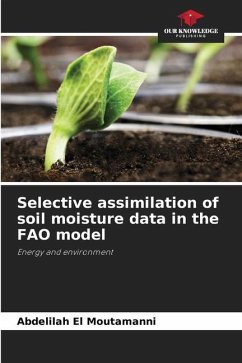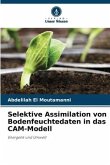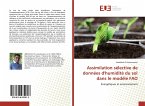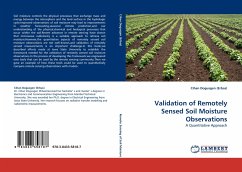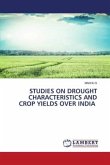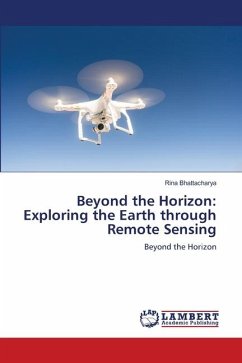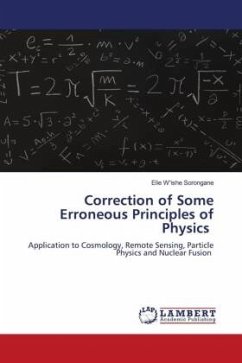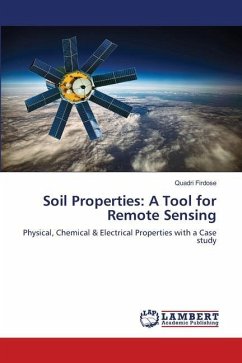The aim of this study was to improve the estimation of evapotranspiration (ETR) for a wheat site located to the east of Marrakech, characterized by a semi-arid climate. In this context, we chose to use the FAO-56 model, which is based on reference evapotranspiration and crop coefficients for its estimation, given its relative simplicity of implementation and its popularity with agronomic managers for irrigation management. This approach enabled us to improve predictions at the beginning of the season in the absence of plant cover, but showed an overestimation of evapotranspiration due to an overestimation of the soil evaporation term. After identifying simple criteria independent of field data, we applied the established relationships to correct the model by data assimilation. The model's predictions of evapotranspiration were significantly improved, by around 15% during periods of high evaporation and 13% during water stress. Finally, we applied the correction during both periods of high evaporation and water stress, and the model was effectively improved by 30%.
Bitte wählen Sie Ihr Anliegen aus.
Rechnungen
Retourenschein anfordern
Bestellstatus
Storno

